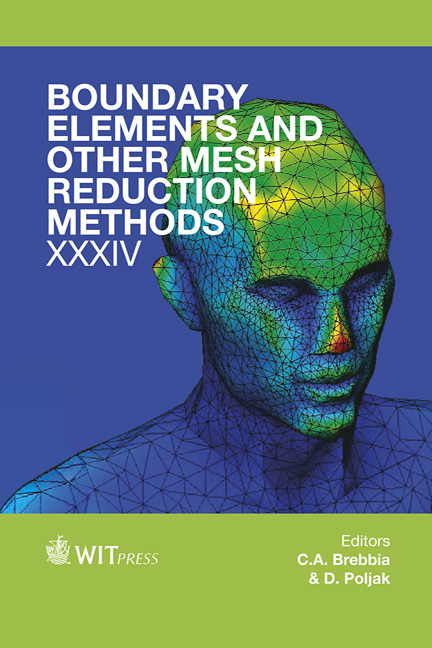Sound Pressure Attenuation Provided By A 3D Rigid Acoustic Barrier On A Building Façade: The Influence Of Its Longitudinal Shape
Price
Free (open access)
Transaction
Volume
53
Pages
12
Page Range
247 - 258
Published
2012
Size
857 kb
Paper DOI
10.2495/BE120221
Copyright
WIT Press
Author(s)
A. Tadeu, J. António & I. Castro
Abstract
This paper models the propagation of sound in the vicinity of 3D acoustic barriers placed parallel to a building façade to mitigate the noise generated by point pressure sources. The barriers are assumed to be very thin rigid elements. The problem is solved by developing and implementing a 3D boundary element method formulation based on the normal derivative integral equation (TBEM). The TBEM is formulated in the frequency domain and the resulting hypersingular terms are computed analytically. After verifying the model against 2.5D BEM solutions, several numerical applications are described to illustrate the practical usefulness of the proposed approaches. Different longitudinal barrier geometries are simulated to evaluate the influence of this characteristic on the sound pressure level attenuation attained at the building façade. Keywords: acoustic wave propagation, 3D thin barriers, normal derivative integral equation, analytical integration of hypersingular integrals. 1 Introduction Different numerical methods have been developed to solve acoustic problems in either the time domain or the frequency domain. The works by Marburg and Nolte [1], Cheng and Cheng [2] and Pluymers et al. [3] and the reference book by Jensen et al. [4] give a good general overview of the developments in this field.
Keywords
acoustic wave propagation, 3D thin barriers, normal derivative integral equation, analytical integration of hypersingular integrals.





